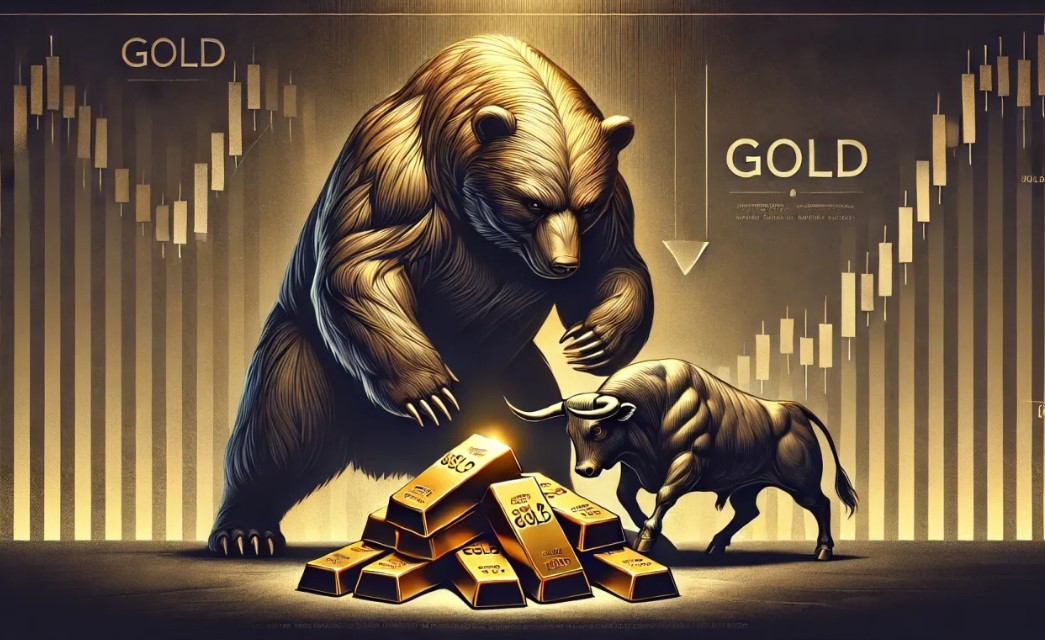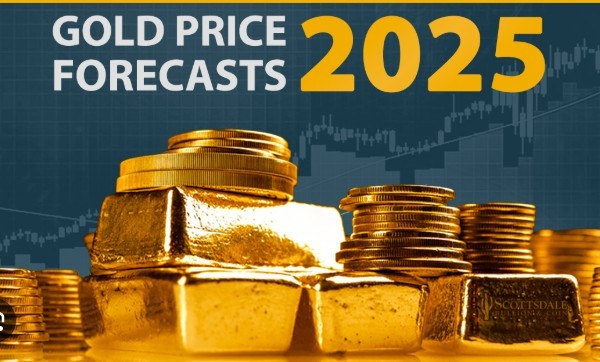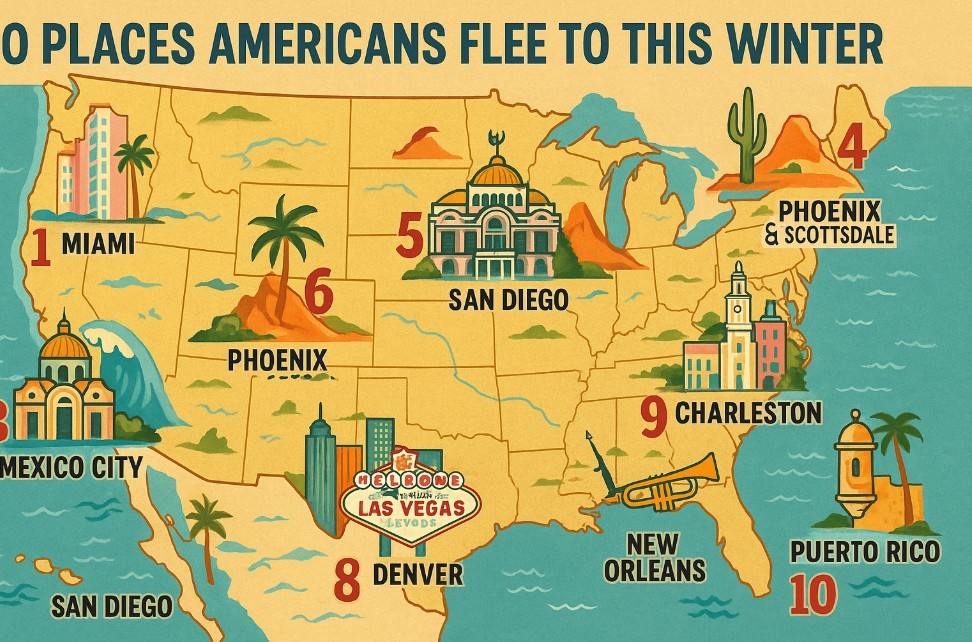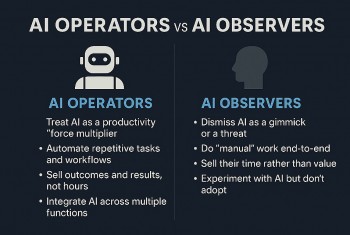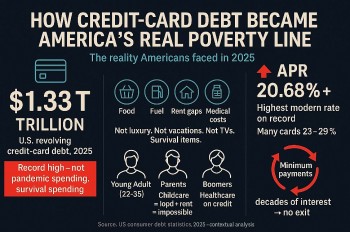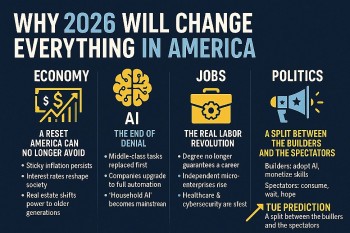Investors Brace for $4,000 Gold: What’s Fueling the Dramatic Price Surge?
 |
| Gold Rush 2025: Prices Heading to $4,000? |
Amid global financial volatility, market analysts and renowned economists have issued compelling predictions signaling an imminent and dramatic rise in gold prices. Current forecasts project gold could surge to unprecedented levels, potentially reaching $3,500 or even surpassing the $4,000 per ounce threshold. This comprehensive analysis explores expert predictions, fundamental factors driving this surge, and investment strategies for navigating the potential golden boom.
Expert Predictions: What Are Analysts Saying?
Leading investment banks and prominent market experts have publicly highlighted gold's strong upward potential. In a recent report, Goldman Sachs stated explicitly: "We expect gold prices to rise significantly, potentially reaching $3,500 per ounce within the next 12 to 24 months due to ongoing inflationary pressures and geopolitical tensions." (Goldman Sachs Research).
JPMorgan Chase echoed this bullish sentiment, noting in their quarterly economic outlook: "With continued inflation, geopolitical instability, and weakening fiat currencies, gold could feasibly break historic records, moving towards $3,500 per ounce or higher by late 2024 or early 2025." (JPMorgan Chase Market Analysis).
Moreover, Peter Schiff, renowned economist and CEO of Euro Pacific Capital, has repeatedly forecasted a more aggressive scenario: "The collapse of fiat currencies, particularly the U.S. dollar, could send gold prices skyrocketing above $4,000 per ounce, marking a new era for precious metals as a fundamental financial refuge." (Euro Pacific Capital Interview).
Inflationary Pressures and Currency Devaluation
A primary driver underpinning these dramatic predictions is the persistent rise in global inflation. Recent economic data has shown inflation rates hitting historic highs in major economies. The United States, for example, experienced an inflation rate peaking at nearly 9%, intensifying concerns among both institutional and individual investors.
Central banks have aggressively raised interest rates in response, yet analysts argue that inflation is likely to remain elevated in the near term. This scenario traditionally fuels demand for gold, which historically serves as an effective hedge against currency depreciation and inflation-driven economic instability.
Additionally, the weakening U.S. dollar plays a crucial role in bolstering gold's attractiveness. Persistent budget deficits, burgeoning national debt, and declining international confidence in the dollar signal further depreciation. As currencies weaken, gold naturally becomes more appealing, offering stability and preservation of value.
Geopolitical Instability Intensifying Demand
Geopolitical tensions significantly enhance gold's status as a safe haven. The ongoing Russia-Ukraine conflict, escalating Middle East unrest, and worsening trade tensions between economic powerhouses like the U.S. and China have all contributed to global uncertainty. Amid such turbulence, gold frequently becomes investors' preferred asset for wealth protection.
Furthermore, central banks globally are actively increasing gold reserves, underscoring institutional confidence in gold's enduring value. According to the World Gold Council (2024 report), central banks—including those of China, Russia, India, and Turkey—have notably increased their gold purchases, signaling a strategic shift toward diversification and risk mitigation.
 |
| Global Investors Rush to Gold: Price Target $4,000 |
Supply Constraints and Increasing Demand
Supply constraints provide another compelling factor influencing gold prices. Production levels are declining due to high extraction costs, stringent environmental regulations, and diminishing discoveries of significant new gold deposits. Industry analyses highlight an extended timeline—from discovery to production—often spanning decades, further exacerbating supply limitations.
Simultaneously, demand for gold continues to grow across various sectors, including investment, technology, electronics, and renewable energy. This robust demand, juxtaposed against limited supply, inevitably drives prices upward.
Historical Patterns Support a Strong Bullish Outlook
Historical data further solidifies forecasts for a substantial price surge. The last notable gold bull market, spanning from 2008 to 2011, saw gold prices nearly triple, rising from around $700 to above $1,900 per ounce amid economic uncertainty and inflation fears. Analysts note current market conditions mirror those preceding the previous bull run, strengthening expectations for another significant upward movement.
Strategic Investment Approaches
In light of these forecasts, financial experts recommend investors reassess and potentially increase their gold holdings. Popular investment methods include physical gold, gold-backed ETFs, and investments in gold mining equities, which historically outperform physical gold during bull markets.
However, diversification remains key. Investors are encouraged to integrate gold thoughtfully within a diversified portfolio to mitigate overall market risks effectively.
Conclusion
As inflation remains persistent, currency valuations decline, geopolitical instability escalates, and gold supplies dwindle, the forecasted price surge appears increasingly plausible. Expert predictions of gold reaching $3,500 or even $4,000 per ounce are well-supported by current economic fundamentals.
Investors positioned strategically may significantly benefit from this anticipated gold market boom, potentially capitalizing on one of the most substantial investment opportunities of the decade.
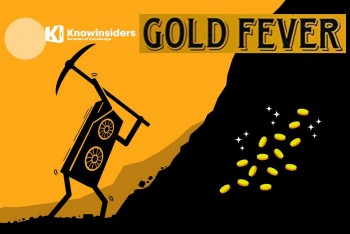 Facts: Gold Prices are 'Dancing' Around the World Today Facts: Gold Prices are 'Dancing' Around the World Today The current world gold prices are fluctuating near an all-time high of $2,360 per ounce. Gold prices are projected to keep rising, fueling a global ... |
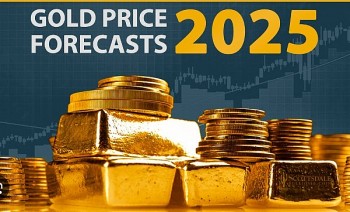 Top 10 Countries to Buy the Cheapest Gold in 2025 Top 10 Countries to Buy the Cheapest Gold in 2025 This article provides an updated overview of the global gold market and highlights the top 10 countries where gold is most affordable in 2025. |
 Global Gold Prices Surge Amid Economic Uncertainty and Trade Tensions Global Gold Prices Surge Amid Economic Uncertainty and Trade Tensions As of March 14, 2025, global gold prices have reached unprecedented levels, nearing the significant $3,000 per ounce mark. |


